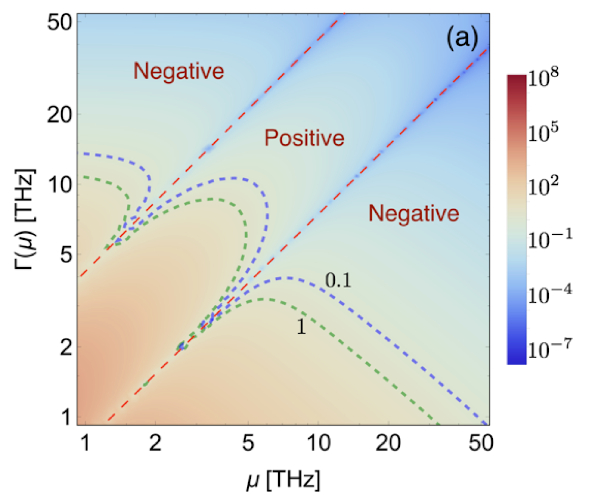Graphene, an atomically thin monolayer of carbon atoms, due to its Dirac-like linear electronic dispersion, shows amazing electronic and optical properties, among which a striking non-linear response to electromagnetic fields, governing the optical and low-frequency transport features.
So far, the state-of-art understanding of these effects has been based on a picture of quasi non-interacting electrons.
In a couple of joint papers [1], [2], E. Cappelluti (ISM, CNR), and H. Rostami (Nordita, Sweden) provide the ground for a deeper understanding to desscribe in a moe compelling way the effects of the many-body scattering, with a specific focus about impurity scattering.
The present work paves the way for the control and a future engineering of the non-linear transport properties and of the third-harmonic generation response in the low-frequency regime of terahertz.
Friday, 11 June 2021 11:01
Non-linear optics in graphene and other two-dimensional materials
 Phase diagram of the relevance of the non-linear transport. The color map represents the ratio between the third-order transprot response with respect to the linear one for a representative field E=1 mV/nm
Phase diagram of the relevance of the non-linear transport. The color map represents the ratio between the third-order transprot response with respect to the linear one for a representative field E=1 mV/nm
A work that paves the way for the control and a future engineering of the non-linear transport properties and of the third-harmonic generation response in the low-frequency regime of terahertz.
Published in
Publications